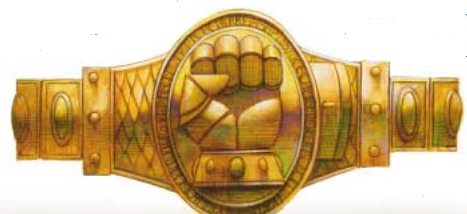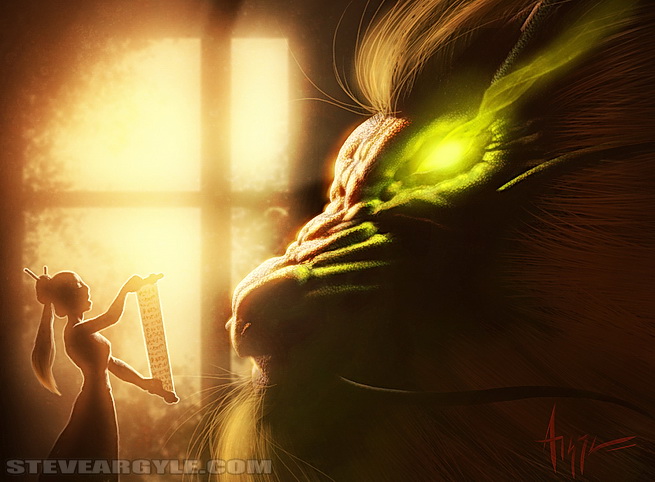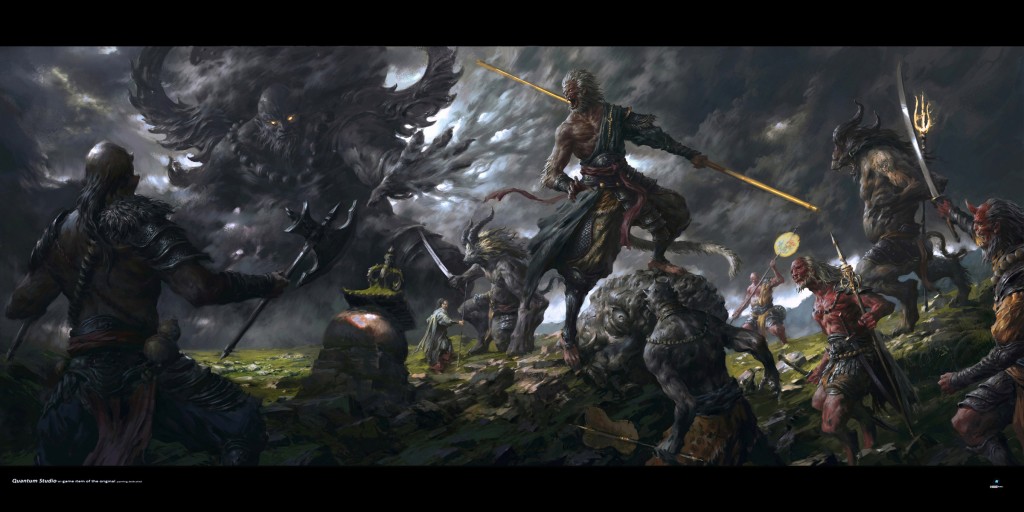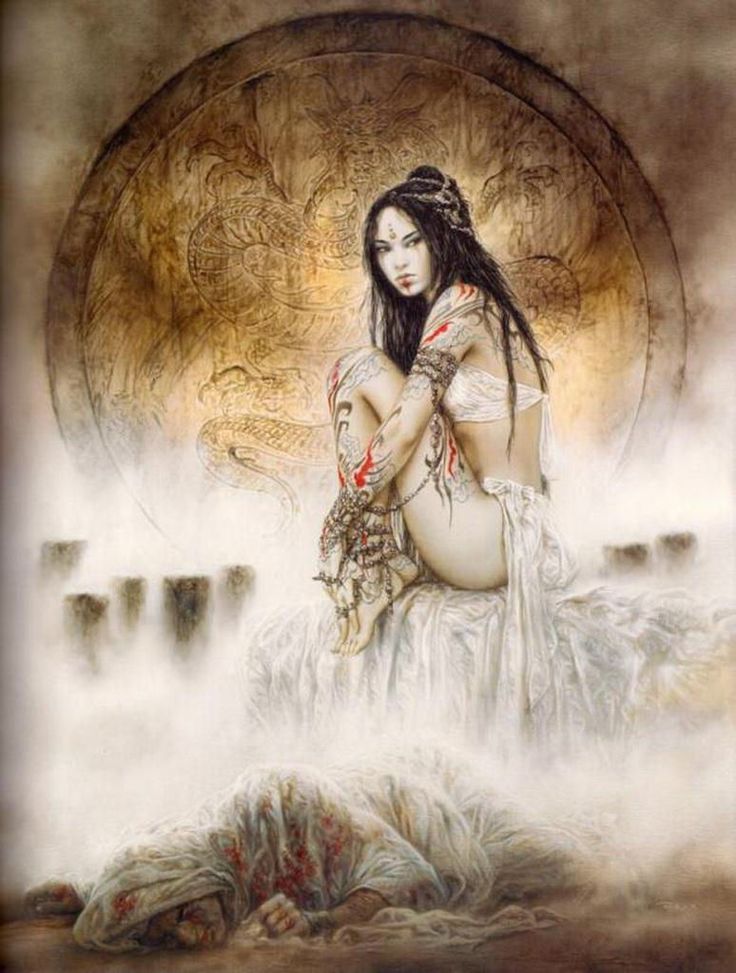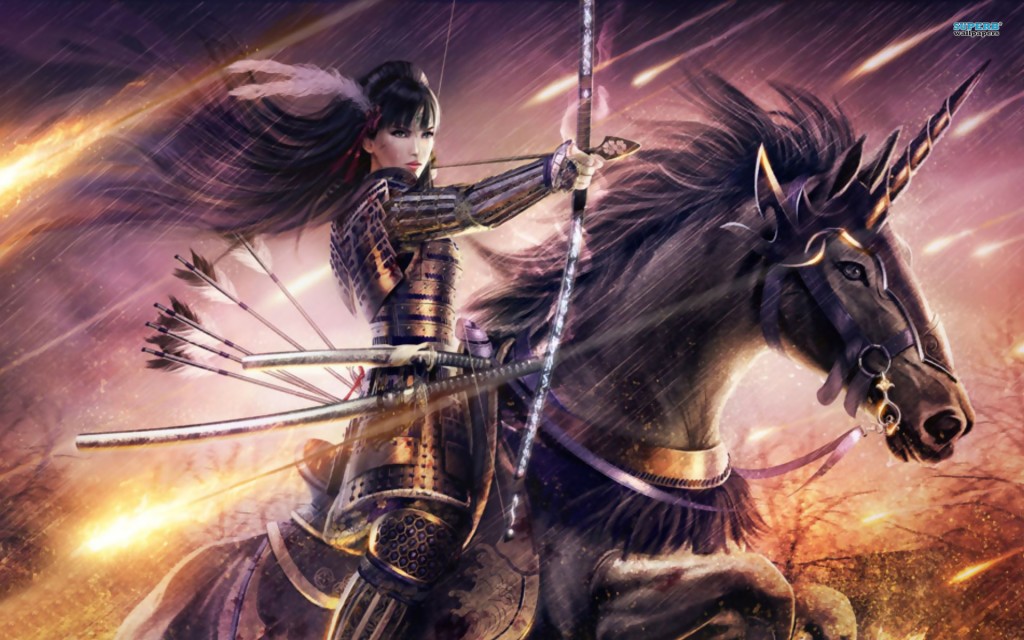The People of the Mist and the Five Ages
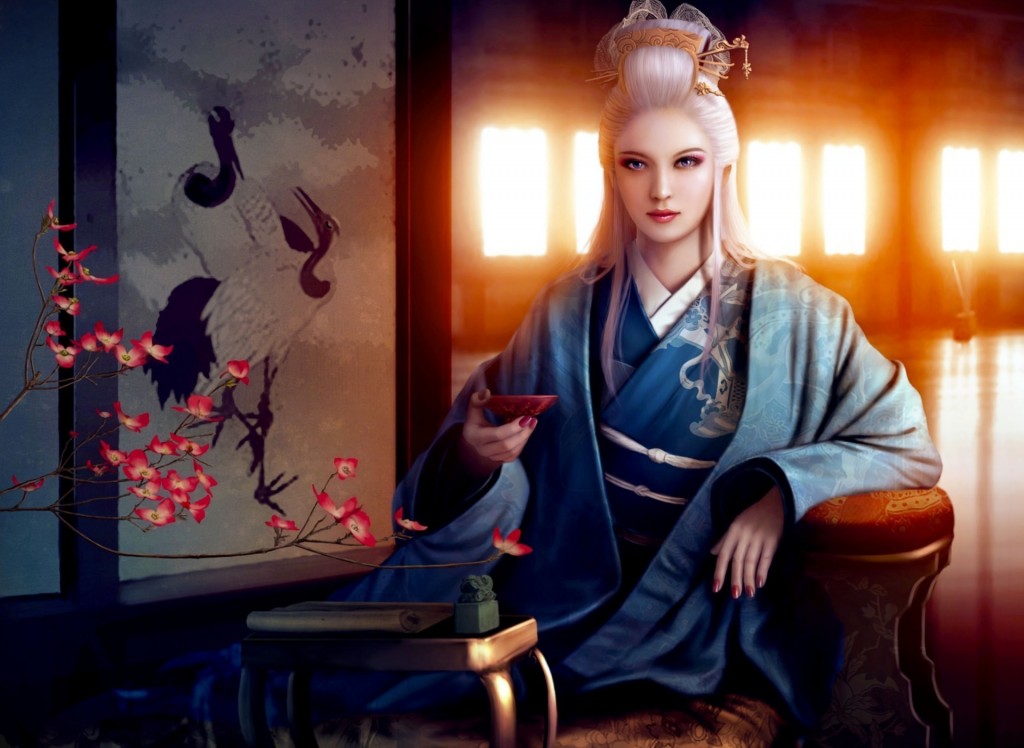 The People of the Mists are the Native peoples of Yunshan. They are wholly human, though some would say they are possessed of unearthly beauty, and others claim they have supernatural life spans. The people of the mist live mostly in Yunshan’s more civilized eastern highlands divided into six clans, each with its
The People of the Mists are the Native peoples of Yunshan. They are wholly human, though some would say they are possessed of unearthly beauty, and others claim they have supernatural life spans. The people of the mist live mostly in Yunshan’s more civilized eastern highlands divided into six clans, each with its 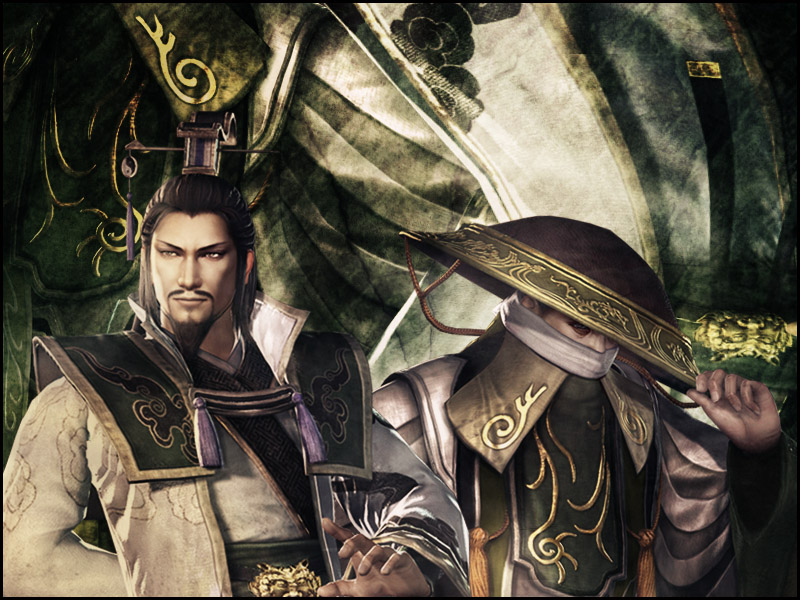 own government and unique traditions. The people of the mists are also refereed to as the clans of the mist, the high clans, and the mist people. They have developed many traditions and superstitions that they balance seamlessly with the magical and spiritual laws their realms are governed by. To the outsider, their ways are very strange, and occasionally insane seeming. There is reason and logic behind the way they live, just not the same reason and logic the rest of the world is used to! The people of the Mists have lived through 5 very different periods of history, and to know this is to understand them a little better.
own government and unique traditions. The people of the mists are also refereed to as the clans of the mist, the high clans, and the mist people. They have developed many traditions and superstitions that they balance seamlessly with the magical and spiritual laws their realms are governed by. To the outsider, their ways are very strange, and occasionally insane seeming. There is reason and logic behind the way they live, just not the same reason and logic the rest of the world is used to! The people of the Mists have lived through 5 very different periods of history, and to know this is to understand them a little better.
The Sacred Orders
In the earliest times of the mist were a pimitive lot who lived in tiny villages scattered across the valleys of Yunshan. There were not great cities, no massive temples, no knowedge of an outside world. But the mountains were dotted with ancient monasteries, and crisscrossed by a network of strange ancient roads that allow travel across Yunshan’s mountainous wilderness. No one knows who built these timeless white roads, that seem uneffected by time and nature. In those days, the people of the mist avoided them as taboo.
High in the mountains lived powerful spirits. The early people of the mists did not understand these powerful masters, but they bowed down to them. They were called the Huizhou (hoy zow). Some philosophers say they were the very same powerful spirtis that live in the wilderness of Yunsha today. The Priests of the great temples claim they were powerful dragons, servants of Shang Ti himself that predated the creation of the gods. Whatever they were, the mist people worshiped and served them, and the Huizhou became their distant masters. Every year the Huizhou would pick the most worthy of the mist people from the different villages and take them away to their secluded monasteries to learn secret wisdoms and powerful martial arts. The Huizhou, and their mist person servants became known as the Orders of Mingyu (bright Jade), or more simply, the Sacred Orders.
Some legends portray the sacred orders as stern and strict, just as likely to punish the villages near them as reward them. Some legends portray the sacred orders as fickle tricksters whose behavior seemed bizarre, until suddenly it made perfect sense and revealed that the orders possessed a supernatural wisdom and foresight. In some legends, they are heroic protectors of the Mist People. All the legends agree that the Orders of Mingyu were charged with very difficult and sacred duties, which forced them to remain distant from the world and bear a great spiritual burden. The legends also agree that the Sacred orders were aloof. They had very little contact with the mist people, and they stayed clear of the sacred points where their monasteries were built. Mist people who were chosen by the Orders of Minyu forever left their families and former lives behind, to live a life of enlightenment among the spirits of the monasteries.
Somewhere along the way the Sacred Orders just faded from history. Some speculate the wizards of the T’ien Ming destroyed them. Some say they simply decided their time on the earth was done, and they quietly left Yunshan. Most believe the Sacred Orders are gone, but some say those who guarded the most remote of the sacred points are still there, protecting their monasteries, waiting for a time when they will once again rise up to rule Yunshan.
 The Tein Ming Dynasty
The Tein Ming Dynasty
A great empire of wizards, divine healers, artisans and engineers discovered Yunshan sometime in that distant past. To the primitive people of the mist their magic was alian and fantastical. They must have seemed like gods. For many years the strange Tein Ming would visit the tribes of Yunshan, bringing gifts and wisdom. Around this same time the Sacred Orders seem to have vanished. In time, the Tein Ming took over where they left off, and the people of the mists accepted them as their new, and much kinder masters. The Tein Ming empire was a mighty nation said to encompass the world, built upon epic magic and righteous ideals. In time they built cities in Yunshan and welcomed it’s peoples into their society. They terraced the steep landscapes and taught the people of the mist how to properly clear land, irrigate and farm. They taught them language, art, mathematics, and brought all manner of advanced culture and art. Over a period of centuries the people of the mists became one with the Tein Ming, marrying into their families, and wholly accepting their way of life.
The Tein Ming also built the four great temples in Yunshan, which in time would come to incorporate the local shamanistic beliefs with their own, and evolve into the Shang Ti religion as it is today.
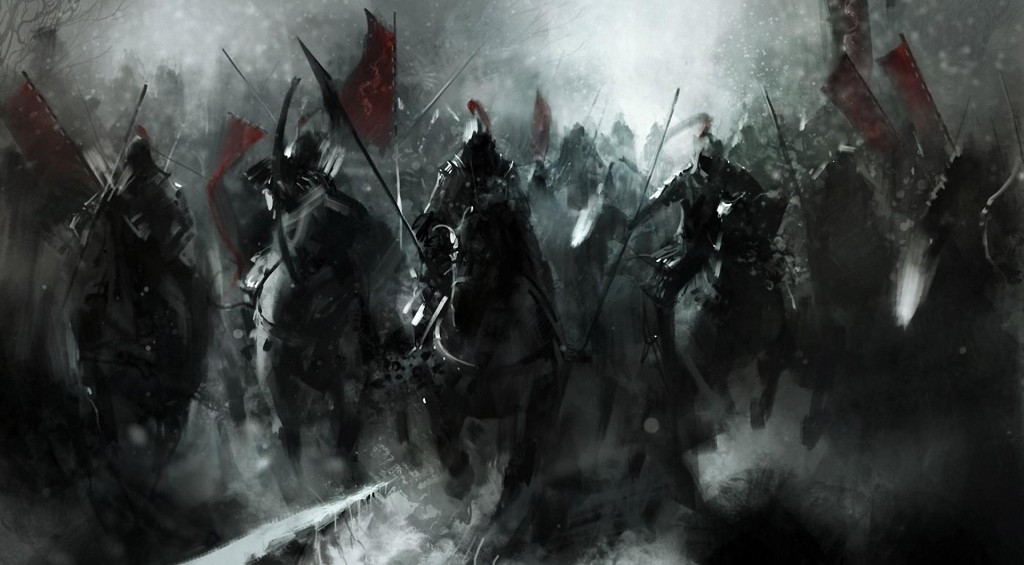 The Age of Blood
The Age of Blood
800 years of relative peace and order ended in what is known as the age of blood. For almost a millennium the powerful house of the T’ien Ming dynasty had ruled a vast empire. As is so often the case, great empires fall not from enemies without, but from the decadence and pride of their own ruling class. So wicked and disliked were the last rulers of T’ien Ming, that a huge rebellion rose up against them. Many of the priests and wizards of the imperial order sided with the common people and the lesser nobles and warlords who led them. The rebellion lasted about 35 years. The emperor was eventually captured and slain. Fearing for her life, the Empress Leoki was forced to flee to her most remote imperial palace, a place of legend said to lie somewhere at the extreme southeast corner of the Yunshan.
Here, truth becomes obscured by legends as to exactly what happened. It’s said the empress, surrounded by her most vile and mighty wizards made a pact with an evil being of extraordinary power to learn a spell that would make her invincible. In some of the legends, this magic made her indestructible, in other versions, the spell insured a terrible curse would be unleashed if Leoki where to die. Whatever the truth of it, the leaders of the rebellion took it very seriously and briefly halted their campaign to capture and put to her to death.
With her enemies temporarily held at bay, the empress must have begun to plot how she would next reclaim her throne. Likewise, the leaders of the rebellion were striving to find or create some magic which could capture or contain the wicked empress without killing her, thus avoiding the wrath of the powerful magic that protected her. Eventually the battle between the rebels and the last loyal forces of the old empire resumed. This battle raged across Yunshan but came to its climax in a massive spell battle somewhere in the south east where the last imperial stronghold stood.
In the final years of the war terrible magics were unleashed upon the land. Demons and spell golems towered over the battle fields. Cities were leveled. The dead walked, and entire villages were consumed by spellfire. For years, the aftermath of arcane madness would leave scars upon the land. It was madness.
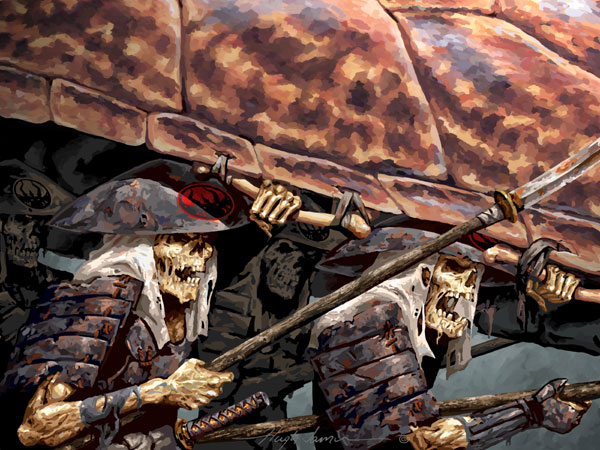 It’s said most of the worlds powerful wizards, enlightened priests, and heroic warriors died in that final battle, that it will take eons to produce such men again. At any rate, the rebels won the day, somehow defeating the empress, though the details of the method are lost in time and legend. This great rebellion was only the beginning of the Age of Blood
It’s said most of the worlds powerful wizards, enlightened priests, and heroic warriors died in that final battle, that it will take eons to produce such men again. At any rate, the rebels won the day, somehow defeating the empress, though the details of the method are lost in time and legend. This great rebellion was only the beginning of the Age of Blood
Despite the best of intentions, the rebellion began an age of death and wickedness far more vile than anything that had happened under the old empire. It was but the first 35 years of nearly 250 years of war, bloodshed and instability. In some legends the age of blood was the result of one final curse the empress made before she was defeated. With the old imperial government no more, and its old orders shattered, the four regions of T’ien Ming each broke into separate nations, and underwent a period of great hardship.
Within four years of the Shu-Ha rebellion, T’ien Ming’s north western region degenerated into a battlefield. Dozens of ambitious Daimyo and their small armies where left with no imperial order, and a free for all power grab ensued. After several decades the land became so ravaged by war that the conflict burned itself out. Still, grudges smoldered on, and though the pace of conflict slowed, the region remained warlike. It was a place where every ruler coveted his neighbors land and saw no wrong in taking it. This Region was constantly divided into more than a dozen warring fiefdoms during the entire age of Blood.
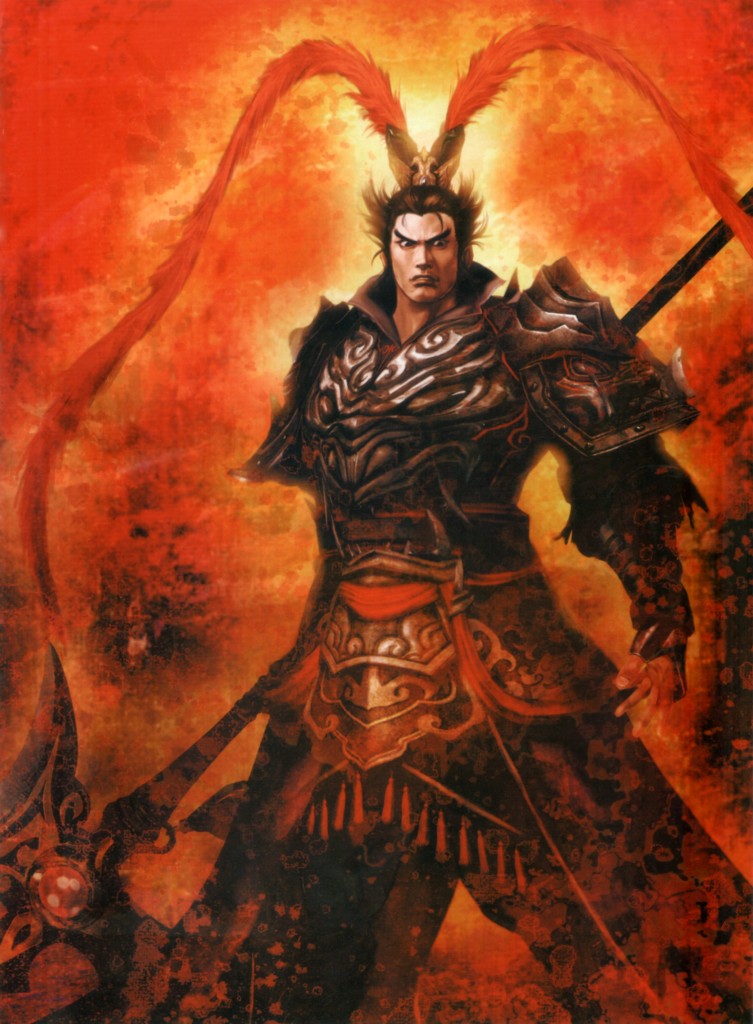
A painting of General Shinto
The people of the North east provinces made an attempt to preserve the old imperial structure. They wished to bring back the old order in a more just form. Their effort to bring back the culture and order of Tein Ming was only symbolic. Political intrigue crippled the first half of this new states life. Assassinations, corruption, revolutions and counter revolutions marked this time. Finally, this kingdom was raided and burned to ruins by a great race of nomad horsemen who came from the east.
The cities of the southern province suffered greatly in the aftermath of the Shu-Hu rebellion. Raid after raid, some from humanoids, some from the rebels of the Shu-Hu themselves eventually laid most of the region to waste. Only a few cities survived.
They remembered the injustices of the old imperial rule, and the horrors inflicted upon them by the disbanded rebel armies from other provinces, people who were supposed to be their countrymen. Those few cities that did survive developed a fierce sense of independence, and remain so to this day. Each is ruled by a council of merchants, priests, mages and other esteemed individuals. Each despises the thought of any king or emperor in some far off place ruling over them.
The people of Yunshan, suffered greatly during the first part of the age of blood. They had seen a horrible war play out across their land, and in the aftermath, rebel armies who had marched in to free them turned into brigands and tyrants. At last one charismatic general of the rebellion was able to conquer Yunshan and claim it as his own. He was general Shinto, and became king Shinto. He was harsh but fair, and while the rest of the outside world degenerated into chaos, he brought order to Yunshan and protected it from the worst ravages of the age of blood. Though he hated the Tein Ming rulers he had rebelled against, he was wise enough to embrace the technology and art of their culture. Under his new rule, the universities and libraries were given wealth and protected instead of burned. The great temples and shrines were respected instead of looted. The roads, irrigation systems, and cities were rebuilt instead of pillaged. Much of the great magic was lost, but the culture and learning of the Tein ming was preserved in Yunshan. In time, Yunshan was a harmonious, professionally run kingdom. There was advanced learning, efficient production, smart and organized administration, and travel through the realm was quick and easy. It was much like the old days when the Tein Ming were in charge, before they went bad. Shinto’s son, and then grandson would also inherit this new throne of Yunshan. The Grandson would lose it.
The Six Guided Guides
Shinto’s grandson was nothing of the great man he was. He was greedy, disorganized, and cruel. The people of Yunshan tolerated him for a long time, but finally, rebel-rousers began preaching against this cruel leader in the villages on the outskirts of the kingdom. They became known as the Six Guided Guides. Each was charismatic and unique, but all preached of the need for Shinto to go, and for the people of Yunshan to finally rule themselves. The last die was cast when the Four Great Temples of Yunshan joined in the anti Shinto fervor. When they began to preach against him too, the message of the Six Guided Guides exploded into open rebellion.
In just 2 years Shinto’s rule was confined to Bartertown and Lei Kun (present day Fanlu) . Here he made his final stand, draining the kingdoms coffers to hire a massive mercenary army he thought would crush the rebels. They were camped in a broad valley between Lei Kun and Bartertown called the Valley of Bread, a few days ride east of Lei Kun, the massive fortress where Shinto and the last noble families were held up. What happened next won the war, yet none of the Six Guided Guides or the rebel generals were eager to take credit for it. The Valley of Bread was an engineering wonder. It used to be part of the great central lake, but was damned off from it and slowly drained by ingenious Tein Ming engineers a century prior. The dry valley which resulted created tens of thousands of acres of super fertile crop land in the heart of Yunshan where there had only been water before. Each year the Valley of Bread produced a bumper crop of grain, a big reason why Yunshan had fared so well through the famine filled years that came with the age of blood.
Someone, with some massive force, destroyed the damn wall that kept the great central lake and the Valley of Bread separate. Legends say it only took an hour for the Valley of Bread to fill, as a 5 story high wall of water and debris churned over it. The giant wave, thick with the bodies of 100,000 mercenaries did not stop until it crashed up against the walls of Lei Kun some 50 miles west of where it had began. The fortress shook, and King Shinto’s will was broken. In a mad dash the royal family and all the nobles and soldiers still with them Fled. They took as many treasures, weapons, supplies, and things of value as they could and fled down the Oldtrade road. The rebel armies were on their tale. They caught up with them while they were trying to cross the Shadowed River and beat them soundly in The Valley of Wailing Lanterns, a battlefield which is still cursed from that terrible slaughter to this day.
Only a few thousand made it to the town of Allcliff, where they were first turned away and then attacked and robbed. Only a few hundred made it to the bottom of the Oldtrade Road. They found themselves a poor, beleaguered, helpless lot, ejected with violence into an even more violent world. They took refuge in the ruins of an old Tein Ming fortress which had been destroyed in the Shu Ha Rebellion and never rebuilt. For decades they lived there as beggars and outcasts, struggling for survival against raiders and famine. It is said their descendants live in modern day Otto, now subjects of the Bandit King, who himself proudly claims a Shinto heritage.
Unlike the other provinces, Yunshan escaped the worst of the age of blood. The Age of Blood left the 6 clans of the mist with a very low opinion of far reaching governments. They desired, after years of hardship brought on by foreigners, to forever live as their own masters. To this day each clan rules its own affairs. Through the years there’s been much talk of how the six clans would be more powerful if they united as one. Such talk is usually shot down before it has a chance to gain any momentum.
The Dynasty of the Six Clans/The Age of Great Agreements
Where as the aftermath of the Shu Ha Rebellion was ugly, the aftermath of this rebellion seemed guided by providence. The east of Yunshan divided itself into 6 clans, each lead by the 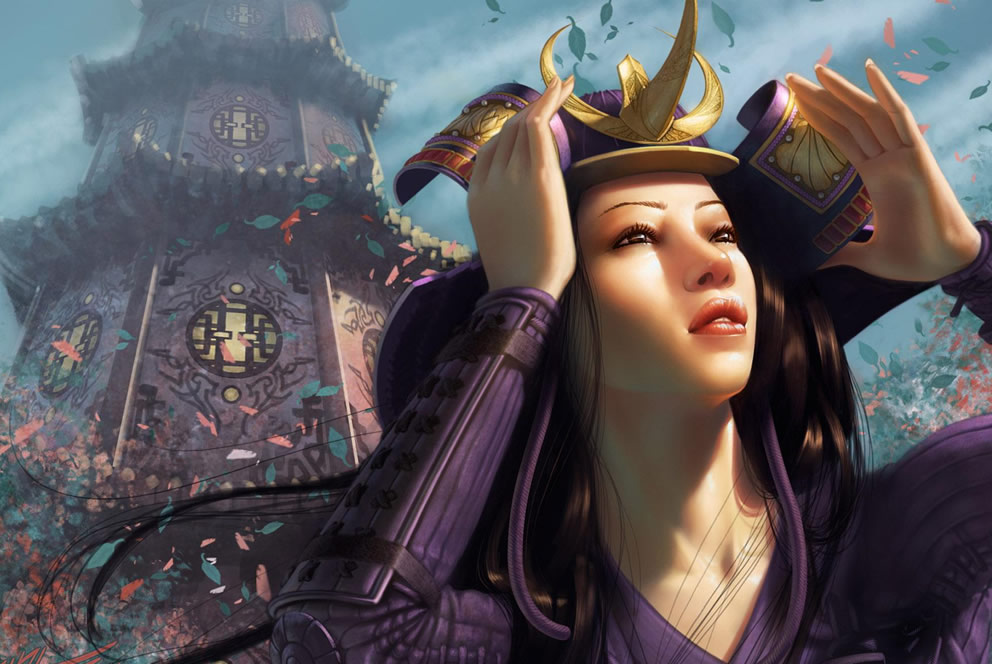 descendants of one of the Six Guided Guides. These philosopher/rebel/generals agreed that no king should ever rule over the people of the mist again. Nor would any outside empire ever be allowed to do so. The Four Great Temples of Yunshan pushed to name a new king for Yunshan, but the guided guides spoke out against this, saying each clan should be it’s own independent body. The people sided with this mindset. There was tension for a time between the temple armies and the clan armies, but one by one the clan lords bowed humbly to the temples, vowing to honer the Shang Ti religion and never make war upon the temples. The temples in turn abandoned their efforts to name one king of all Yunshan, and formally recognized each of the six clans and their respective lords as the new and rightful rulers of Yunshan.
descendants of one of the Six Guided Guides. These philosopher/rebel/generals agreed that no king should ever rule over the people of the mist again. Nor would any outside empire ever be allowed to do so. The Four Great Temples of Yunshan pushed to name a new king for Yunshan, but the guided guides spoke out against this, saying each clan should be it’s own independent body. The people sided with this mindset. There was tension for a time between the temple armies and the clan armies, but one by one the clan lords bowed humbly to the temples, vowing to honer the Shang Ti religion and never make war upon the temples. The temples in turn abandoned their efforts to name one king of all Yunshan, and formally recognized each of the six clans and their respective lords as the new and rightful rulers of Yunshan.
For 3 years after the rebellion, the Six Guided Guides of the newly formed clans, the priests of the great temples, and the great philosophers of Yunshan, held epic councils where they debated on how the new Yunshan should be run. Eventually agreements were stuck. The six new clans became official. Borders where drawn, with buffers between no clan could claim. Bartertown would remain independent and be given to the Nozufoo. A ground breaking agreement to prevent all future wars was reached. Any future disagreements between the six clans or the Great Temples which could not be solved diplomatically, would be solved by honor duels. War between the clans was outlawed. The temples swore to withdraw their aid from any clan that went to war against another, and all clans in turn swore to come to the universal support of any clan so attacked. Finally, Yunshan closed its borders to the outside world, declaring the west a barbarian realm, abandoned by the gods and full of nothing but murder and loss. Thus began The Dynasty of the Six Clans, others call it The Age of Great Agreements.
The Current Age
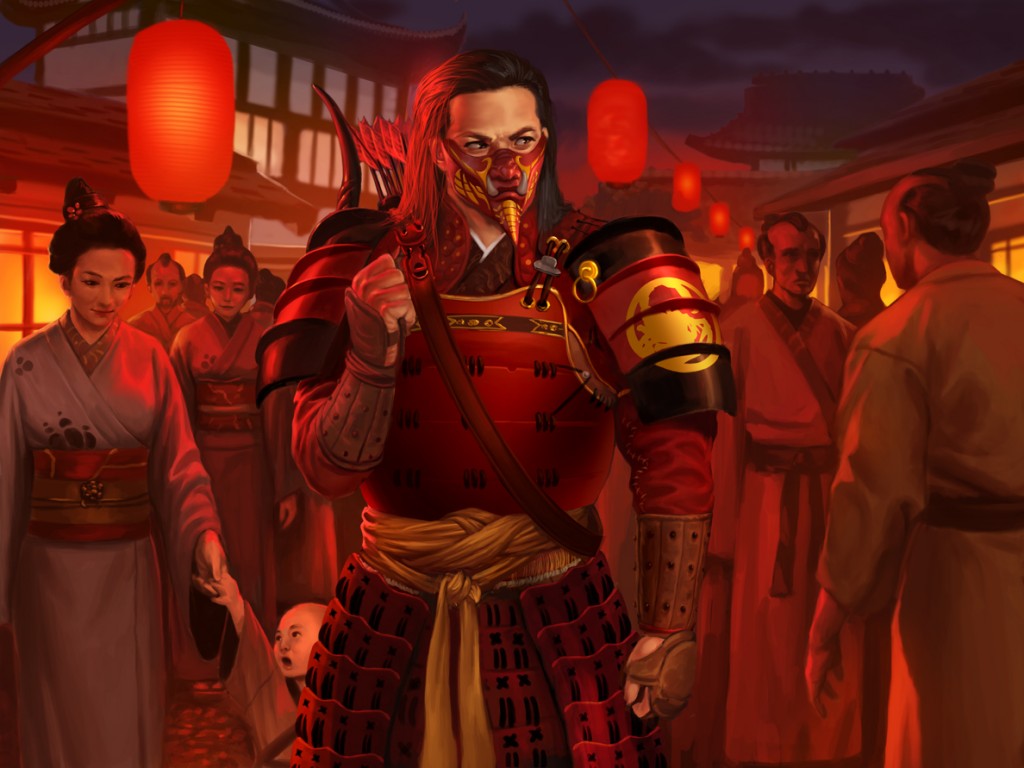 The great temples have had some scuffles, but nothing terrible. The Clans have kept the peace that was forged in the Age of Great Agreements. Yunshan has once again opened its borders to the outside world. First Bartertown, under the watchful eye of the Temple of the Mists began dealings with merchants from far off places. Then more recently, Fanlu began to trade with Otto. This has been met with mixed feelings. The leaders of the six clans are reasonably fearful of the outside world, but enjoy the luxuries and wealth trade with it brings. It has become fashionable for clan nobles to learn about distant kingdoms and speculate about their customs and politics. For now, the Nozufoo merchant clans do the trading with the foreigners, acting as a buffer. The Six clans are still very distant from “the barbarian west” as they call the rest of the world.
The great temples have had some scuffles, but nothing terrible. The Clans have kept the peace that was forged in the Age of Great Agreements. Yunshan has once again opened its borders to the outside world. First Bartertown, under the watchful eye of the Temple of the Mists began dealings with merchants from far off places. Then more recently, Fanlu began to trade with Otto. This has been met with mixed feelings. The leaders of the six clans are reasonably fearful of the outside world, but enjoy the luxuries and wealth trade with it brings. It has become fashionable for clan nobles to learn about distant kingdoms and speculate about their customs and politics. For now, the Nozufoo merchant clans do the trading with the foreigners, acting as a buffer. The Six clans are still very distant from “the barbarian west” as they call the rest of the world.
About those merchant clans…the people of the mist clans never imagined the nozufoo would become so numerous or influential. It’s only a matter of time before they demand a seat at the table of power. Some of the clans laugh at this like an absurd idea that will never happen, but some remember what happened to the last ruling class that would not share power with the more populous …
Yunshan is in an adventurous time of change and flux. In the east, powerful clans observe old traditions and honor the contracts that have given them generations of peace and prosperity. In the west, the nozufoo, the outcasts of this land, have multiplied, and not allowed their class to keep them down. They have taken root in the parts of Yunshan that the clans disregarded, and simply begun to build a new society for themselves, eagerly embracing new ideas and trade from the west, even if still a very superstitious lot. These are the politics of man, which are hard enough to predict, but Yunshan is also effected by the politics of the spirit world, which are impossible to predict. The future is wide open. Both prosperity and terror hang like fruit on the low branches of destiny, ready to drop…

